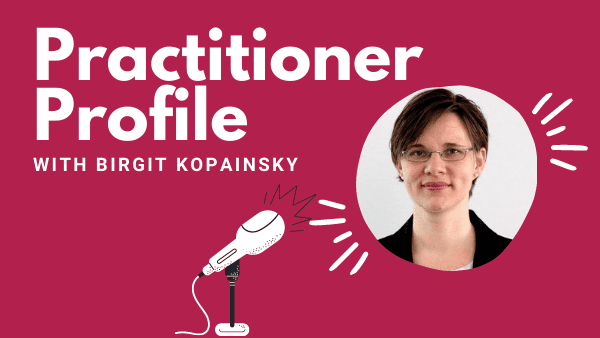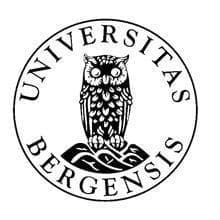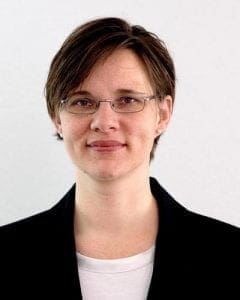How Did En-ROADS Get 755,000 users? Lessons on Modeling, Interface Design, and Facilitation
How Did En-ROADS Get 755,000 users? Lessons on Modeling, Interface Design, and Facilitation
Achieving widespread engagement is a significant challenge with a System Dynamics model. Yet, En-ROADS, the climate solutions simulator co-developed by Climate Interactive and MIT Sloan, has captivated hundreds of thousands of users globally. In this webinar led by Andrew Jones, John Sterman, and Florian Kapmeier, the team shared how their commitment to System Dynamics modeling principles, innovative interface design, and thoughtful facilitation created a global movement. The lessons learned are relevant for all System Dynamics modelers seeking to make a greater impact in their fields.
1. Modeling: Build Trust and Ensure Accuracy
“You have to have a rigorous, evidence-based model that is fully documented and tested every which way.” John Sterman
En-ROADS’ impact is built on a robust modeling foundation that adheres to rigorous standards of transparency and continuous testing. John Sterman underscores the importance of rigorous validation: “You have to have a rigorous, evidence-based model that is fully documented and tested every which way,” he states, highlighting the necessity for clear, accessible documentation that allows users to understand and trust the model’s operations.
The En-ROADS team enhances model reliability by calibrating past model behavior against historical data (by, e.g. Lazard, the IEA, etc.) and comparing future model behavior against the behavior of climate models used by the Intergovernmental Panel on Climate Change (IPCC), identifying discrepancies not only to prove correctness, but also to pinpoint areas needing improvement. Andrew Jones elaborates on this process: “We compare the model against historical data to understand where the discrepancies are and how we can improve. It’s not about proving the model’s correctness but about identifying areas for growth and improvement.”
For System Dynamics modelers looking to build confidence in the model, these practices are essential. Providing full transparency through comprehensive documentation and continuously validating models against industry benchmarks are crucial steps in establishing credibility. By adhering to these principles, modelers can ensure their models are technically robust and able to support decision-making.
2. Interface Design: Guide Users to Key Insights
“We designed the interface to lead a user to discover our modelers’ top insights without support.” Andrew Jones
En-ROADS’ interface is designed to ensure users reach key insights intuitively. Andrew emphasized the goal: “We designed the interface to lead a user to discover our modelers’ top insights without support.” The interface offers both a beginner mode for quick understanding and an advanced mode for users with more technical skills, providing detailed charts and additional assumptions. Dynamic visuals and animations transform static data into a narrative, making complex concepts accessible and engaging.
Within a few minutes exploring the En-ROADS interface, new users quickly grasp three critical insights:
- “It’s still possible” – to bend the emissions curve and reduce average temperature increase.
- “There’s no silver bullet”, highlighting that no single solution can solve the climate crisis.
- “Many solutions together”, emphasizing that combining multiple climate solutions is necessary to mitigate the climate crisis.
An interface designed around key insights helps users understand complexity. The ease of engaging with a new innovation—trialability—is crucial for initial adoption and fostering word of mouth. Yet, negative experiences can lead to adverse feedback, potentially stifling the adoption and diffusion of the model. Sterman emphasized: “if people try something and have a bad experience, they will generate unfavorable word of mouth that can squelch the adoption and diffusion of your model.”
John Sterman emphasizes the consequences of neglecting interface quality: “Suppose you have the world’s greatest model, but a terrible interface. Nobody learns anything, nothing will change, and you and everyone have wasted precious time and resources. That’s a failure mode.” But he warns, “The opposite, though, is far more dangerous: a great interface with an underlying model that lacks integrity and hasn’t been carefully tested means you’re helping people learn things that are wrong and possibly downright harmful far more effectively than ever before.”
By focusing on intuitive design and rigorous validation, En-ROADS ensures that the simulation is insightful and reliable for understanding possible climate solutions. This strategy serves as a reference for those aiming at making their models both informative and influential. As a System Dynamics Modeler, which 2-3 key takeaways would you like users to learn from your model?
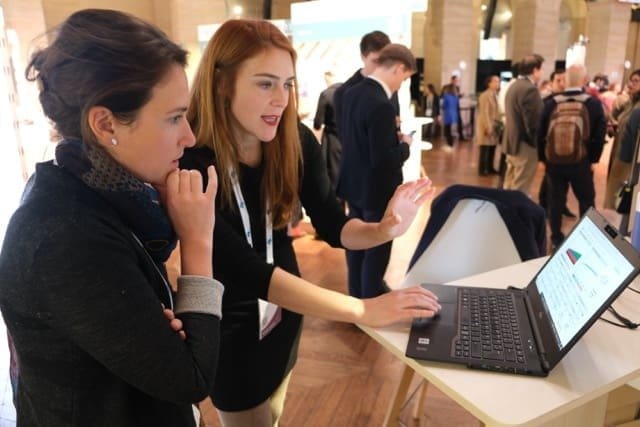
3. Facilitation: Create a Safe Space for Learning
“Make sure that you create a safe room where participants can share and challenge their mental models to allow them to engage deeply and learn together.” – Florian Kapmeier
Facilitation is critical to En-ROADS’ global impact. Through experiences like the interactive En-ROADS Climate Workshop and the roleplaying game Climate Action Simulation Game, Climate Interactive effectively conveys the insights of the model by fostering environments that encourage deep learning and reflection. Florian Kapmeier emphasized the importance of these settings: “Make sure that you create a safe room where participants can share and challenge their mental models to allow them to engage deeply and learn together.” This approach allows participants to openly test their assumptions and understand the underlying dynamics of climate change.
Florian, referred to Andrew’s Top 10 Tips to Engage People with a System Dynamics Model, highlighting one key aspect: By asking participants to mentally the likely impact of a climate solution on the temperature before running a scenario in En-ROADS, participants reveal their existing mental models and learn more effectively by comparing their understanding with model results. “Learning happens when the theory of thinking is laid out and people have to make a choice.”
The commitment to creating a secure and open space for dialogue is foundational to the success of the engagements with En-ROADS. This facilitation strategy enhances the participants’ ability to understand complex concepts, and encourages them to apply these insights in practical and impactful ways. By ensuring that each session serves as a safe space for exploration and challenge, Climate Interactive fosters an environment where transformative learning and genuine understanding can occur.
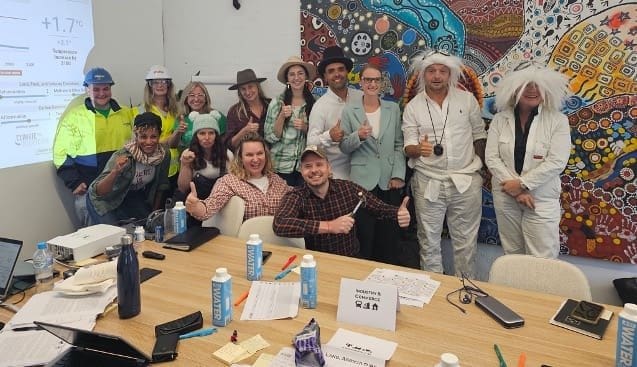
Climate Action Simulation for IKEA, Australia
Community & Policy Engagement
Community building has been fundamental to extend En-ROADS’ reach globally. Thousands have completed the Mastering En-ROADS training program, which empowers facilitators to engage diverse audiences. The En-ROADS Climate Ambassador program further nurtures hundreds of facilitators who provide En-ROADS Workshops and Climate Action Simulations worldwide, ensuring a unified network of like-minded advocates. This well-structured support system ensures that these facilitators are equipped to spread their knowledge effectively, fostering a collaborative and impactful community.
In addition to training and support, Climate Interactive’s team emphasized the importance of engaging with policy makers, adapting communication to meet where they are in terms of climate change understanding. Presenting complex model data in an accessible manner is crucial for meaningful engagement. This strategy ensures that decision-makers receive information and are equipped to act on it.
The Power of System Dynamics
“System Dynamics is the most powerful way to engage other people in ways to improve system performance.” – John Sterman
The success of En-ROADS hinges on a commitment to the core principles of System Dynamics, paired with innovative interface design and effective facilitation strategies. This approach has educated a global audience on climate solutions and empowered them to act. John Sterman, reflecting on the broader implications, asserts, “System dynamics is the most powerful way to engage other people in ways to improve system performance”, underscoring the potential of System Dynamics to facilitate meaningful discussions and drive change across various domains.
Sterman reminded the audience that the discipline’s strength lies in its ability to convey complexity in a way that decision-makers can understand and act upon: “System Dynamics modelers need to invite people into the conversation, to join the collective effort and improve system performance together.” This collaborative spirit is reflected in the global network of facilitators, policymakers, and climate advocates brought together by En-ROADS.
As System Dynamics modelers, the challenge is to not only build robust models but also to design engaging interfaces, facilitate participatory workshops, and nurture a community of like-minded advocates. By doing so, modelers can extend their influence beyond their field and create meaningful change in the world.
Watch the recording below
Recent Posts
Society Governance Updates
New System Dynamics Society leadership
Call for Presenters: Seminar Series
Share your insights in the System Dynamics Society Seminar Series. Submit your proposal and join a global community of experts
Honoring Excellence: A Glimpse into the Awards of the International System Dynamics Conference
Dive into the prestigious awards and honorable mentions of the International System Dynamics Conference, celebrating trailblazers and emerging talents in the field
Upcoming Events
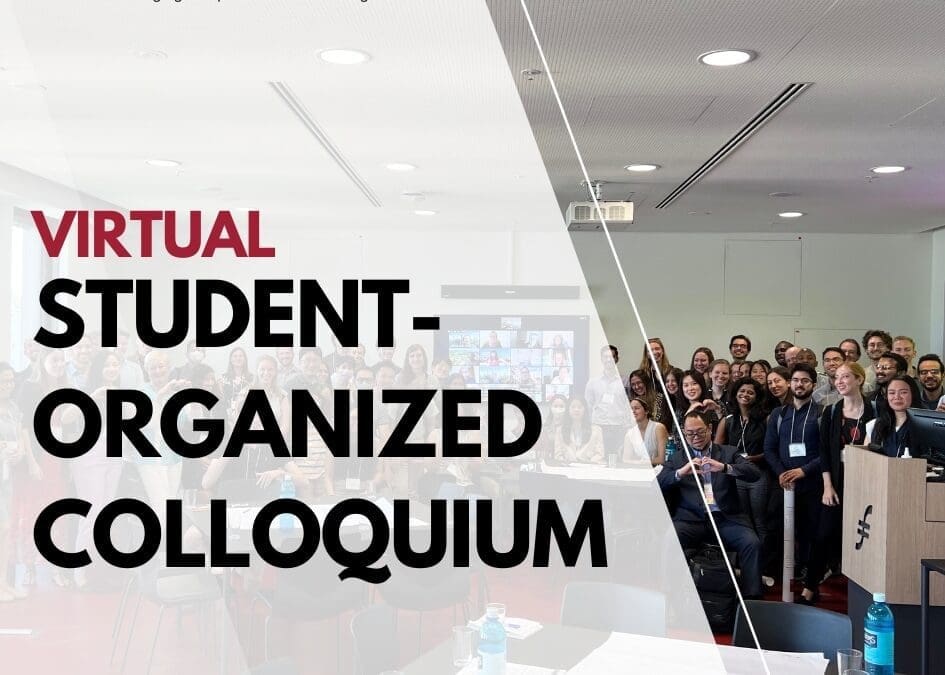
VIRTUAL | Student-Organized Colloquium 2024
Open to all! Bringing together students and practitioners from different industries to share ideas, and develop modeling skills
Recent Business cases
System Dynamics Helps Evaluate Anticipatory Action on Cholera Outbreaks
Humanitarian agencies encourage anticipatory action in disaster response to cholera outbreaks in the Democratic Republic of Congo.
Management Design for Planted Forests in Japan Using System Dynamics
Hanno City in Saitama Prefecture used a system dynamics model to enable detailed analysis of labor requirements and changes in forest conditions.
Solving Bottlenecks in Dairy Production Facilities with System Dynamics
FriedslandCampina employed system dynamics to strategically enhance production efficiency in the midst of factory merging.
Join us
Practitioner Profile: Birgit Kopainsky, University of Bergen (UiB), Norway
Practitioner Profile: Birgit Kopainsky, University of Bergen (UiB), Norway
Welcome to Practitioner Profiles, a series of up-close blog-length interviews with experienced System Dynamics practitioners. We have a standard set of 10 questions and let practitioners take the responses in any direction they choose. They tell us about who they are, how they got involved with the field, how they work with clients, and in what new directions they may be heading. A new profile will be posted every few weeks during 2021.
For any questions or comments, please contact the editors of these interviews, Dr. Jack Homer (jack@homerconsulting.com) and Dr. Saras Chung (saras@skipdesigned.com).
For today’s spotlight, we talked with Birgit Kopainsky at the University of Bergen (UiB), Norway.
What kinds of SD projects do you do at the university?
A lot of our effort revolves around teaching the nine courses that are part of our two-year master’s program in System Dynamics. Our research projects center on sustainable development. Methodologically, we want to improve all aspects of SD practice, from knowledge acquisition to dissemination of insights. We try to bring together public and private-sector institutions and to give our students rich experiences with real-world SD applications.
What is distinctive in your approach to SD projects?
I would say it’s our human resources. In addition to the SD faculty, we have postdoctoral researchers, PhD students, and master students who help out. With these people, we can cover a broad range of tools and techniques, including data mining and analysis, experimental studies of decision making, innovative approaches to strategy development and policy design, and interactive learning environments.
In what way is your organization perhaps different from others doing SD project work?
We have about 20 new SD master students every year. This is a wonderful resource in so many ways. They come with a broad range of backgrounds, skills, and expertise—there is always somebody who fits the requirements of a given project. It is inspirational working with these students who are so ready to make an impact in the world.
What is your role in your organization, especially with regard to the SD project work?
I am one of three full professors in the SD group, and we all do some project work. I am, as my colleagues say, “the one who is able to talk to people”. I try to strengthen the links between research and application and am eager to get more private and public sector institutions intrigued about SD. I am thus always on the lookout for internship opportunities, hackathons, short courses, and seminars on modeling. I say yes to most requests for collaboration, because they usually end up improving the visibility of SD and expanding its reach.
How did you originally get interested in SD, and when was that?
In 2002 I was supposed to write a conventional agricultural economics PhD thesis and couldn’t satisfy my supervisor whose whole career had been devoted to optimization models and econometrics. Once he recognized that I was not feeling comfortable with optimization, he suggested that I might try out what he called “these systems approaches”.
With regard to SD project work, what accomplishments are you proud of?
I am excited about the work I have been doing with farming communities in developing countries where we have to accommodate to local circumstances (e.g., lack of electricity). This requires some creativity and improvisation, but it allows me to see how change happens. Also, some of our food system modeling has led to a revision of the nutrition recommendations in my home country of Switzerland. I feel I am doing something right when we get invited into a project consortium where SD plays an important role in synthesizing the other, mostly non-SD, work packages.
What challenges have you experienced with respect to SD project work?
SD has both its enthusiasts and its critics, and sometimes the first can be more challenging than the second. Enthusiasts are new clients or project partners who are unrealistically optimistic about how SD might help. While enthusiasts may sometimes help open doors, they can also create problems by overpromising and creating false expectations.
What kinds of SD project work would you like to be doing over the next 5 years?
I would like to continue working on sustainable development and resilience issues. I’d like to study more systematically how SD models can provide insights that will lead to real change.
Recent Posts
How Did En-ROADS Get 755,000 users? Lessons on Modeling, Interface Design, and Facilitation
This article discusses the En-ROADS climate model, detailing its robust modeling, intuitive interface design, effective facilitation, and strategic policy engagement for global impact.
Society Governance Updates
New System Dynamics Society leadership
Call for Presenters: Seminar Series
Share your insights in the System Dynamics Society Seminar Series. Submit your proposal and join a global community of experts
Upcoming Events
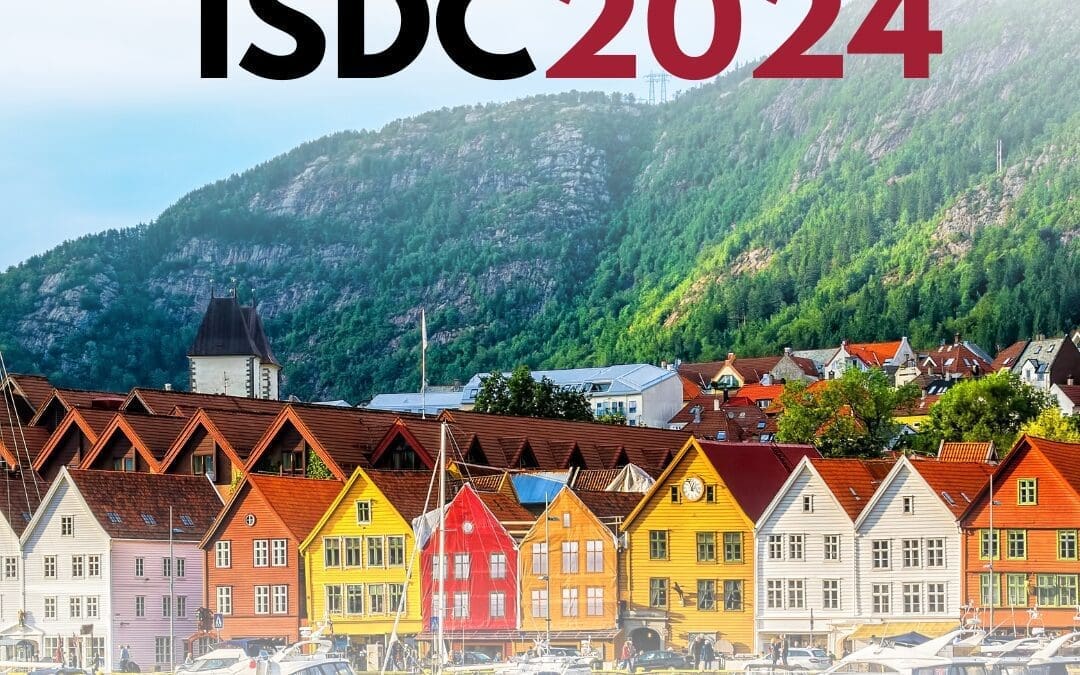
2024 International System Dynamics Conference
The International System Dynamics Conference is coming to Bergen! Save the date: August 4-8, 2024. We hope to see you there! #ISDC2024
Recent Business cases
System Dynamics Helps Evaluate Anticipatory Action on Cholera Outbreaks
Humanitarian agencies encourage anticipatory action in disaster response to cholera outbreaks in the Democratic Republic of Congo.
Management Design for Planted Forests in Japan Using System Dynamics
Hanno City in Saitama Prefecture used a system dynamics model to enable detailed analysis of labor requirements and changes in forest conditions.
Solving Bottlenecks in Dairy Production Facilities with System Dynamics
FriedslandCampina employed system dynamics to strategically enhance production efficiency in the midst of factory merging.



